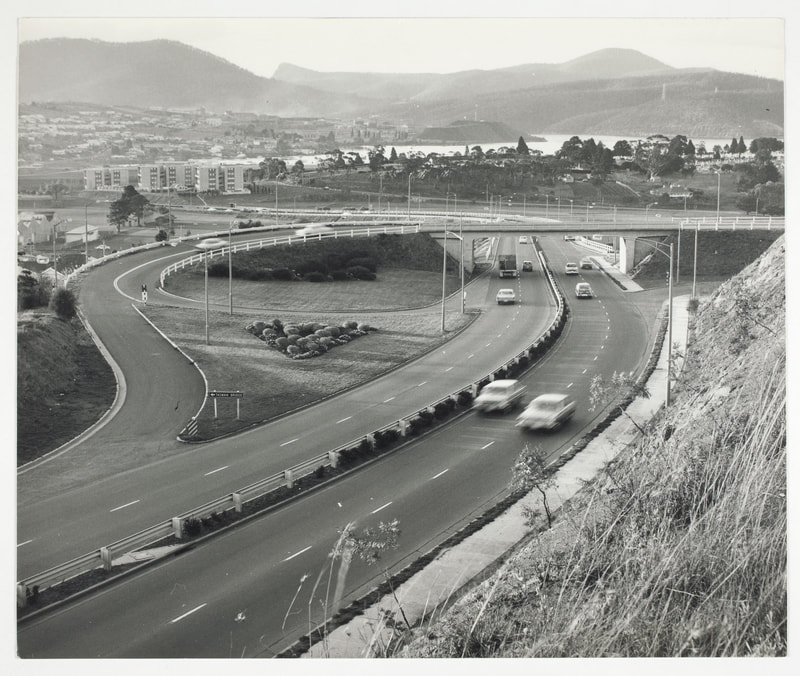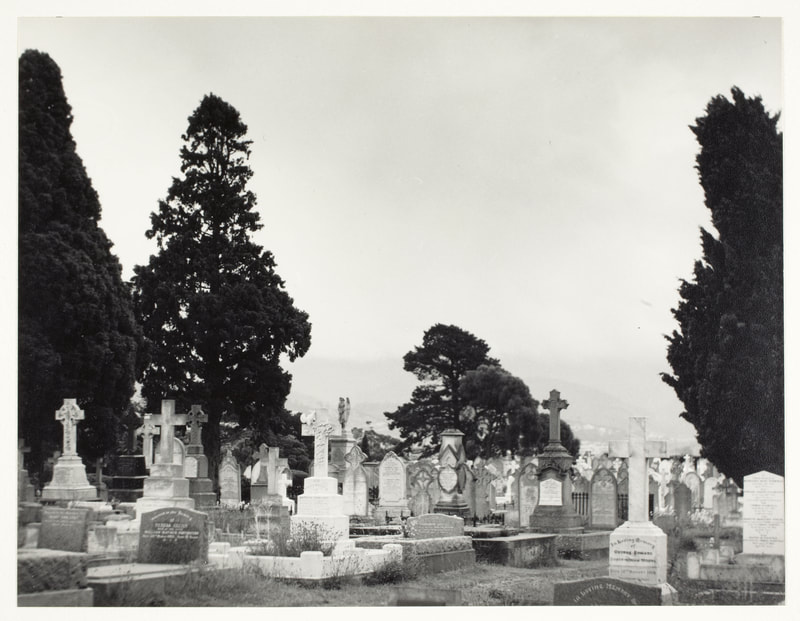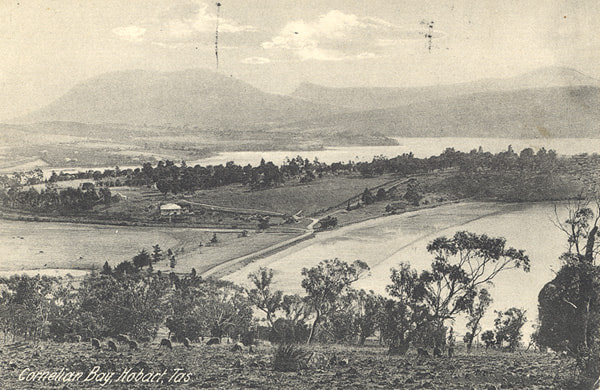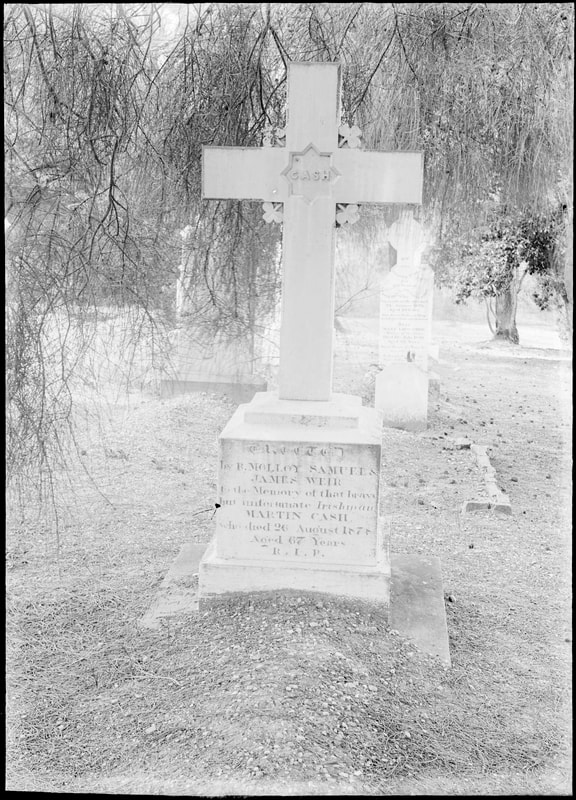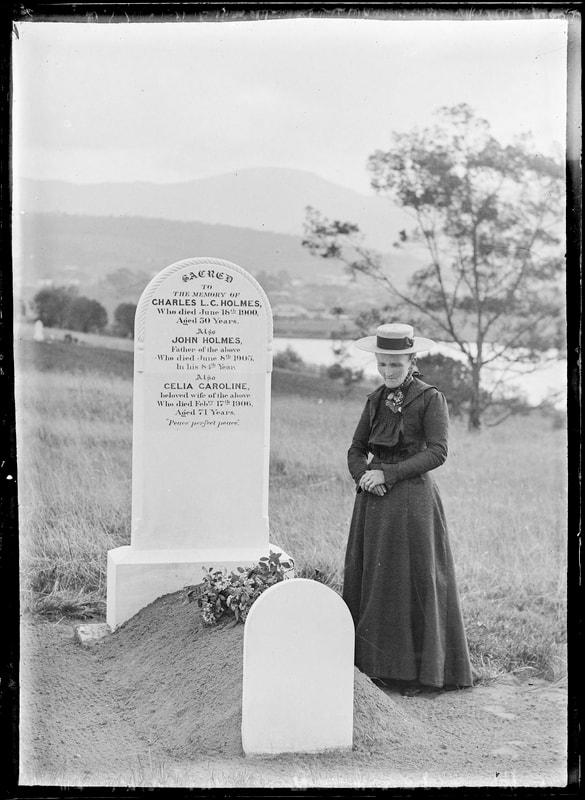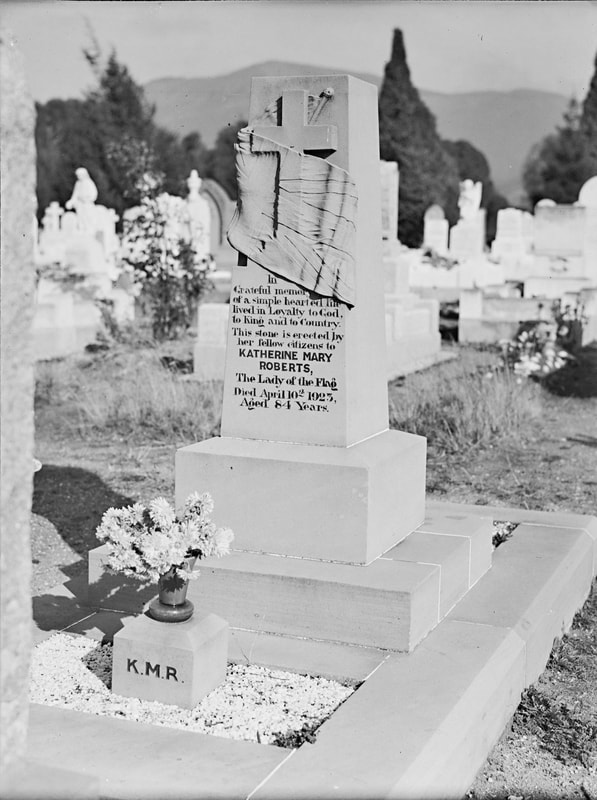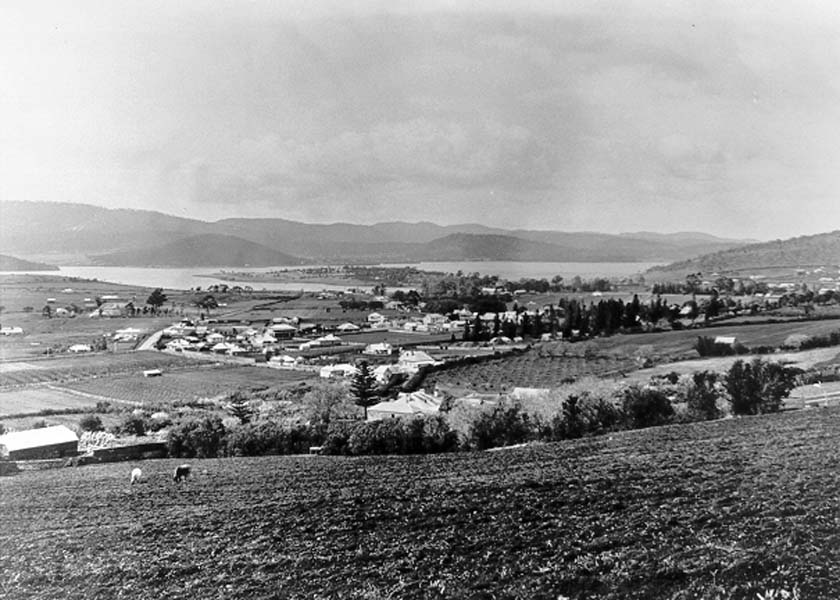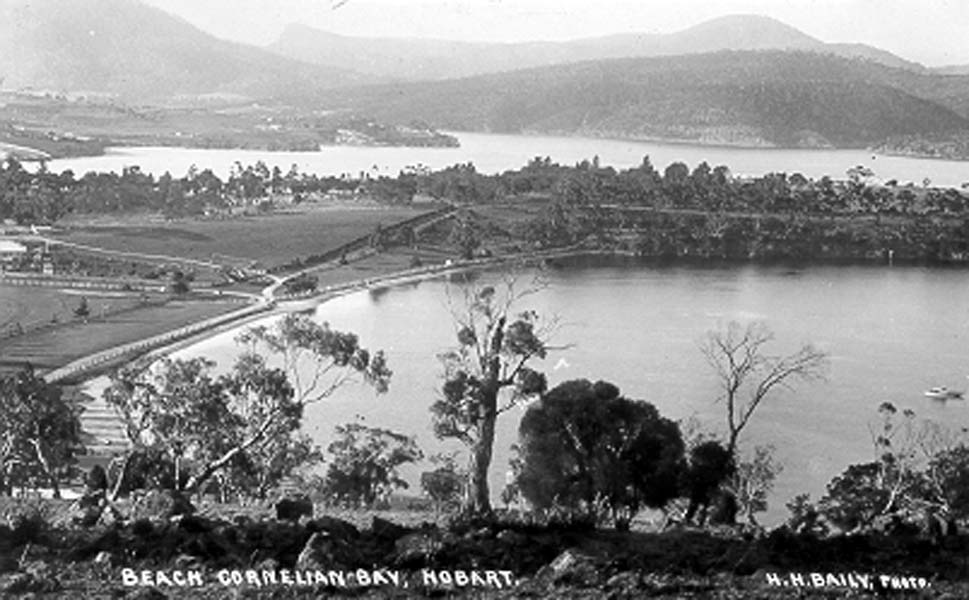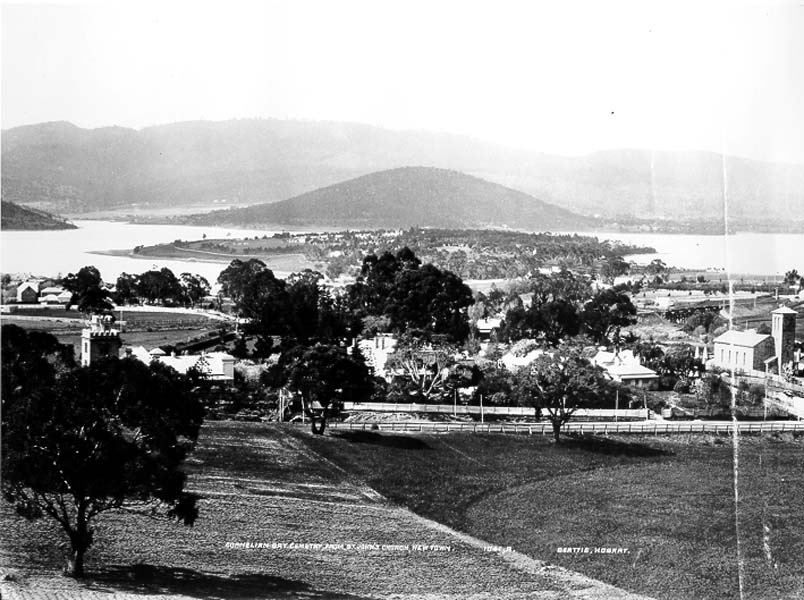1804: Collins started a Government Farm at Cornelian Bay to supply the rest of the colony with food. Manned by 30 convicts
1807: 23 acres of wheat.
13 acres of barley.
153 cattle.
301 sheep.
1813: Land granted to Andrew Whitehead. His homestead was located in the present Jewish Cemetery.
1818: Governor Sorell bought Whiteheads farm and initially leased the farm back to Whitehead and then to others.
1822: Sandstone blacksmith’s building built. It survives today.
1840’s Cornelian Bay Cottage built.
1872: Cornelian Bay Cemetery opens. The farmhouse becomes the cemetery caretaker’s residence.
1872: Mortuary chapel designed by Henry Hunter built.
Today: A sandstone blacksmiths shop, a Henry Hunter gazebo, the superintendent’s residence.
1987: Cornellian Bay Cottage becomes home for the Southern Regional Cemetery Trust.
The cemetery was designed so that there should be a separate section for each religious denomination. The Roman Catholic, Methodist, Congregational, Presbyterian, Jewish or Quaker denominations. Today there are other special sections including War Graves, Garden of Remembrance and the Crematorium Gardens.
A separate pauper’s burial area was reserved for the poor, where up to eleven bodies could share one unmarked grave. This section was closed in 1935 but it is estimated that about 5000 people are buried there.
Through the years, there have been about 100,000 burials at Cornelian Bay – today, plenty of sites remain available, enough for many decades to come.
Famous graves are bushranger Martin Cash; George Adams, founder of Tattersalls; and Tenis Sterio, the king of the world’s gypsy communities, who died in Hobart in 1943.
https://www.millingtons.com.au/about-millingtons/
1807: 23 acres of wheat.
13 acres of barley.
153 cattle.
301 sheep.
1813: Land granted to Andrew Whitehead. His homestead was located in the present Jewish Cemetery.
1818: Governor Sorell bought Whiteheads farm and initially leased the farm back to Whitehead and then to others.
1822: Sandstone blacksmith’s building built. It survives today.
1840’s Cornelian Bay Cottage built.
1872: Cornelian Bay Cemetery opens. The farmhouse becomes the cemetery caretaker’s residence.
1872: Mortuary chapel designed by Henry Hunter built.
Today: A sandstone blacksmiths shop, a Henry Hunter gazebo, the superintendent’s residence.
1987: Cornellian Bay Cottage becomes home for the Southern Regional Cemetery Trust.
The cemetery was designed so that there should be a separate section for each religious denomination. The Roman Catholic, Methodist, Congregational, Presbyterian, Jewish or Quaker denominations. Today there are other special sections including War Graves, Garden of Remembrance and the Crematorium Gardens.
A separate pauper’s burial area was reserved for the poor, where up to eleven bodies could share one unmarked grave. This section was closed in 1935 but it is estimated that about 5000 people are buried there.
Through the years, there have been about 100,000 burials at Cornelian Bay – today, plenty of sites remain available, enough for many decades to come.
Famous graves are bushranger Martin Cash; George Adams, founder of Tattersalls; and Tenis Sterio, the king of the world’s gypsy communities, who died in Hobart in 1943.
https://www.millingtons.com.au/about-millingtons/
